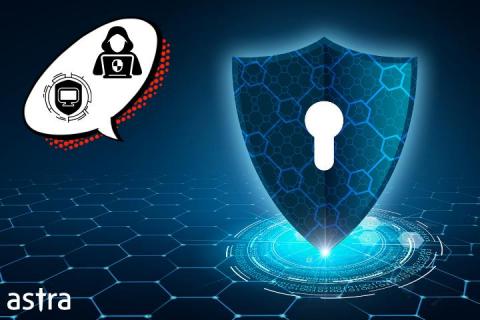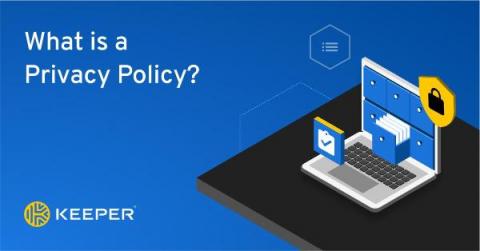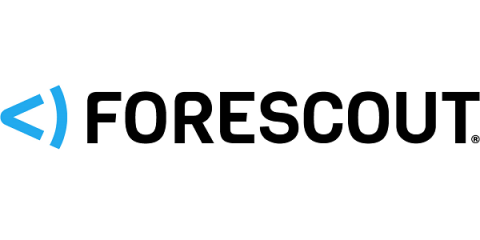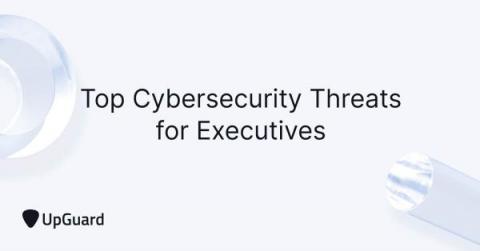Security | Threat Detection | Cyberattacks | DevSecOps | Compliance
Security
AppSec Decoded: Scoping and data gathering in threat modeling | Synopsys
Top 10 Cyber Security Assessment Companies
In a world where cyber crimes are seeing an exponential rise, maintaining the security of your internet-facing assets has become just as crucial.
What is a Privacy Policy?
A privacy policy is a statement that companies have on their website that informs users about the collection, processing, protection and use of their private data. Users are often prompted to review and accept privacy policies, but many of them don’t read through these policies because they don’t think it’s necessary. It’s important to read through these policies to know what information is being collected and how it’s being used.
2022 Threat Roundup: The Emergence of Mixed IT/IoT Threats
Rapid digitization means that organizations are now more connected than ever. Most organizations now host a combination of interconnected IT, OT, IoT and sometimes IoMT devices in their networks, which has increased their attack surface. Forescout’s data shows that around 24% of connected devices in every organization are no longer traditional IT.
Top Cybersecurity Threats for Executives in 2023
According to IBM’s “Securing the C-suite” report, most C-suite executives are confident in their cybersecurity plans. However, the truth is that only 17% exhibit the highest level of security. 60% of CFOs, CHROs, and CMOs feel the least engaged regarding cybersecurity threat management, despite often handling the most critical data of their respective companies.
As Managed Cybersecurity Services Become the Norm, Unified Platforms Are Essential for MSPs
The cybersecurity industry is constantly adapting and reinventing itself as the complexity of the threat landscape is increasing each year. Unskilled and insufficient employees are significant barriers making organizations unsafe. The lack of competent cybersecurity partners and the shift to remote working are additional barriers to making organizations secure. Organizations are therefore turning to MSPs to address these challenges.
Here's how EASM is filling the gaps missed by AppSec testing solutions
We recently explored why developers have begun to ship more frequently to production, as well the relationship between more frequent releases and AppSec teams more effectively prioritizing and remediating threats. To further understand how AppSec teams evaluate tooling, we’ve recorded a collection of common questions that we’ve observed teams asking themselves.
3 Ways To Protect Yourself From Social Engineering Scams
Motivations for Insider Threats: What to Watch Out For
While a majority of discourse in the cybersecurity industry is focused on external threats – malicious hacking, phishing, and the like – the fact is that internal actors are just as capable of causing damage to an enterprise, if not more so. An insider threat may have access to resources or areas of the network that someone outside the organization would need to do extra work to obtain.











